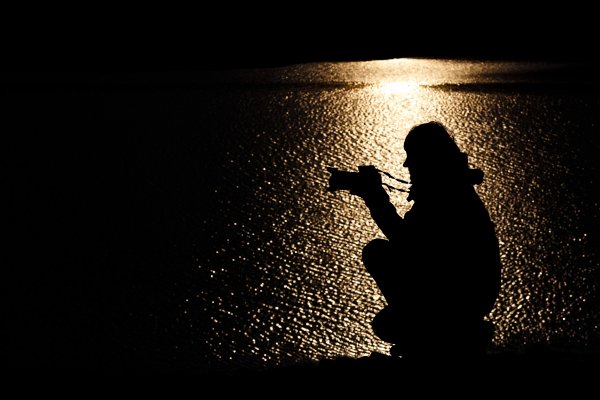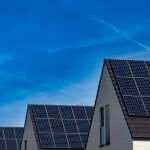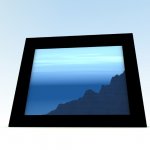Anybody can take a good picture these days, especially in the right scenery and with the right device. But few can manage to get the same extraordinary results in darker, more difficult conditions. Low light poses a challenge even for professional photographers. And we are not just talking about night light conditions here. It is still called low light during daytime if for instance it’s cloudy, your view is shadowed by big buildings or the sun has set.
Here are some useful tips to help you improve your ‘shots in the dark’:
- Try to use lenses that have a wider aperture. Lenses are among the most important components in your camera kit. The ‘f’ in your lenses specs will determine the aperture size. The smaller the ‘f’, the bigger the aperture. You shouldn’t use anything bigger than f/4 and if possible, go for f/1.4 or f/1.8. The larger the aperture, the more light will get in, meaning you’ll take better pictures in low light
- Use a higher ISO. Depending on your camera, you can go as high as 3200 for average cameras, or even higher, if you have a high-end device. The ISO measures how sensitive the sensor is to light. When you adjust the ISO make sure your images don’t become too noisy and grainy
- Adjust your shutter speed accordingly, depending on your subjects, conditions and your focal length.1/60s or 1/120s is a good choice for focal lengths under 85mm, if you are shooting non-moving subjects. For moving subjects you need a higher speed shutter, somewhere in the range of 1/200s -1/400s
- Try to focus manually and avoid the auto-focus in dark conditions. Even though the auto-focus on cameras these days is way better than in the past, in dark conditions cameras still have trouble differentiating between objects and the autofocus becomes pretty useless. What you can do if your camera has it, is turn on your AF assist light. Also, when you focus, always check the sharpness in the viewfinder and make necessary corrections
- Turn on your image stabilization if you have one on your camera
- Don’t use the flash unless you absolutely have to and even if you do, try to bounce the light off a wall, the ceiling or an object, to get a more natural light
- Try to get closer to your subjects rather than using the camera zoom, especially if it is a digital zoom
- If possible, shoot in RAW, if your memory card has enough space. RAW means a higher resolution which translates into more freedom to manipulate and post-edit the images as needed
- When possible, position your subject as close as possible to the light source, such as a window for instance
- Use a sturdy, high-quality tripod, especially if you’re shooting during nighttime or in really dark conditions. A tripod is very important to eliminate any vibrations, especially with slow shutter speeds. Moreover, you could really benefit of a remote control or cable release system or at least put to work the timer on your camera or the exposure delay mode.





